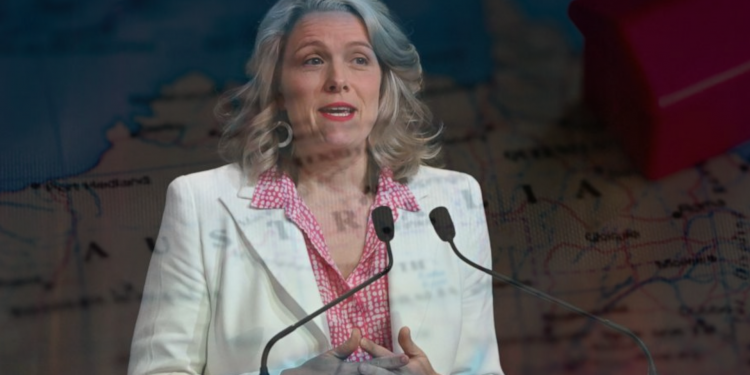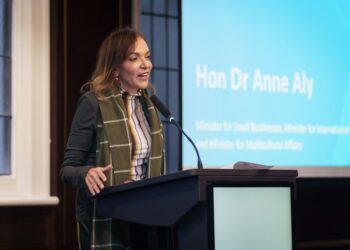As the country struggles with a labour and talent deficit, the Australian government said on Friday that it will boost its permanent immigration intake by 35,000 to 195,000 in the current fiscal year.
During a two-day meeting of 140 representatives of governments, trade unions, enterprises, and industry to address skills shortages caused by the Covid-19 pandemic, Home Affairs Minister Clare O’Neil announced the hike for the year ending June 30, 2023.
On Friday, the second day of the jobs and skills conference, the home affairs minister revealed the decision, suggesting it will bring “thousands more” engineers and nurses in to tackle severe labour shortages.
According to O’Neill, flights are being postponed due to a lack of ground staff, Australian nurses have been working double and triple shifts for the past two years, and fruit is being allowed to decay on branches because no one is available to pick it up.
The Home Affairs Minister said, “Our focus is always Australian jobs first, and that’s why so much of the summit has focused on training and on the participation of women and other marginalised groups.”
“But the impact of COVID has been so severe that even if we exhaust every other possibility, we will still be many thousands of workers short, at least in the short term,” she continued. O’Neil further added that Many of the “best and brightest brains” are emigrating to Canada, Germany, and Britain rather than Australia.
O’Neil stated, “one of the big problems is that we’ve created one where it is very easy to come as a temporary worker probably in a pretty low-skilled job but virtually impossible to come here permanently as a high-skilled worker.”
She called Australia’s immigration policy, which includes more than 70 distinct visa categories, “fiendishly complex.” She said that Australia will create a panel to revamp its immigration policy for the benefit of the country.
Asserting that Labor will “shift away from the focus on short-term migrants, towards permanence, citizenship, and country building,” O’Neil told the summit that there was nearly “universal” support for increasing immigration levels.
According to O’Neil, about 34,000 of the 195,000 maximum positions for the 2022–23 fiscal year will be in the regions, an increase of 9,000.
O’Neil also promised that overseas student graduates will be allowed to “work in Australia for longer.” Furthermore, the Covid initiative to remove limits on temporary workers residing in Australia will be continued until June 2023.
Early in the pandemic, Australia implemented some of the tightest travel restrictions of any democratic nation for a period of 20 months before progressively reopening to skilled workers starting in December of last year.
Australians leaving the nation after borders were reopened has hampered the migration recovery. Business leaders and state governors praised the policies. Despite acknowledging that “the number has to be higher,” opposition leader Peter Dutton questioned if the “real numbers” would reach the cap and how this would affect a competitive housing market.
Jim Chalmers, the treasurer, had earlier promised that the new migration ceiling would not be used as a “replacement for training” and called it a “cautious and responsible lift to permanent migration.”
On Thursday, the opening day of the Jobs and Skills Summit, Prime Minister Anthony Albanese said that 180,000 free vacancies will be offered in vocational education institutions next year at a cost of 1.1 billion Australian dollars ($748,000), in an effort to address the country’s skills deficit.
The Albanese government also disclosed plans to speed up the visa application process and curb the exploitation of migrant workers. The government will spend $36.1 million to hire 500 extra employees in the home affairs department, according to immigration minister Andrew Giles, in order to reduce the backlog of visa applications, which has grown to 900,000.











